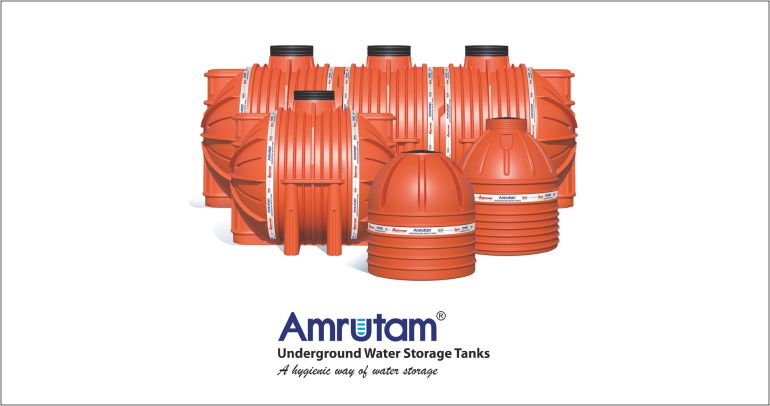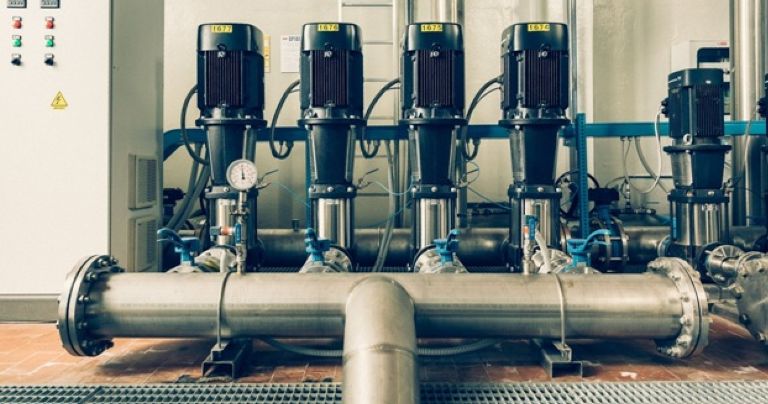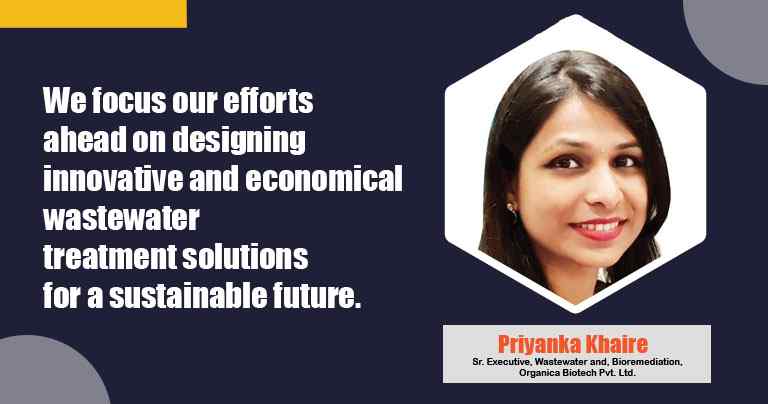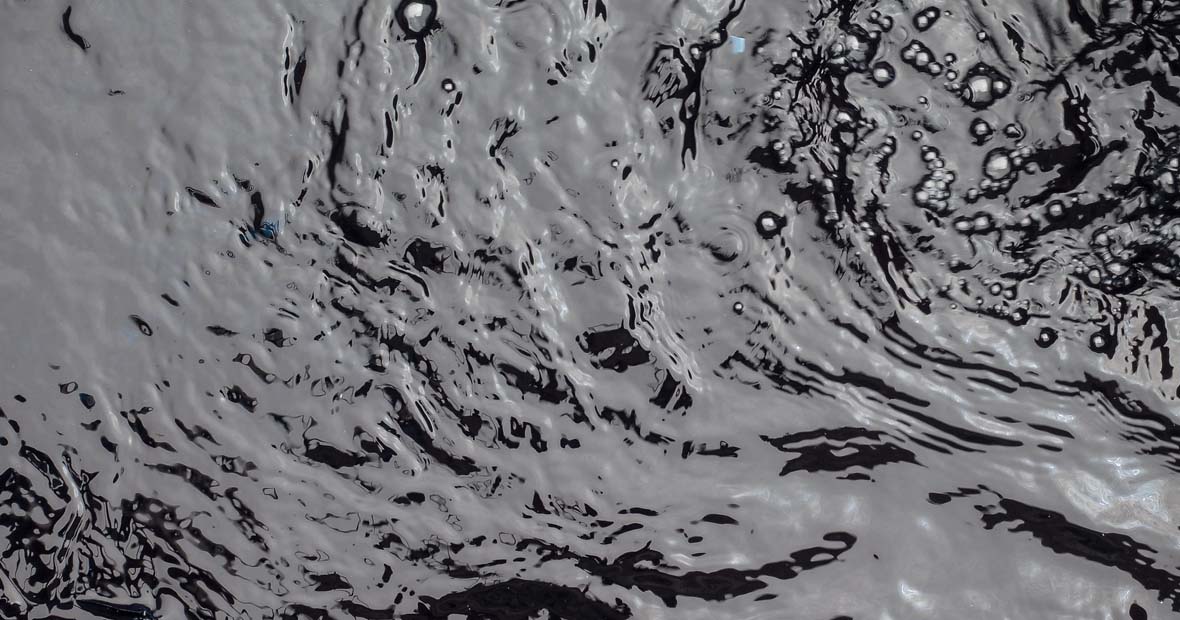Lafarge to use water treatment residuals in cement
By Edit Team | November 13, 2017 9:55 am SHARE
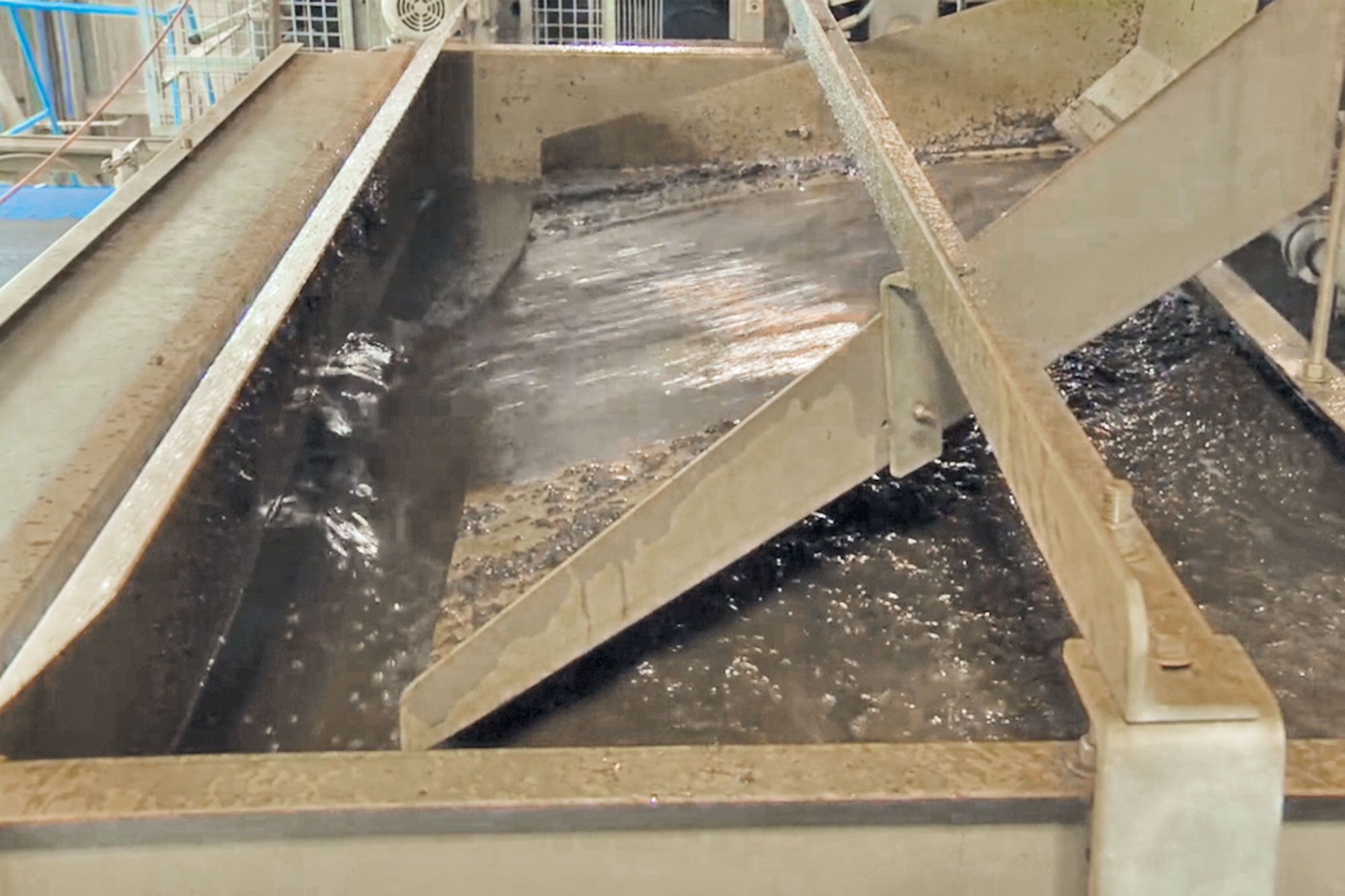
Lafarge Canada has come up with a way of using the waste minerals and chemicals removed during drinking water filtration.
Lafarge Canada Inc. and Metro Vancouver have reached a three-year agreement that will see drinking water treatment residuals from the Seymour Capilano Filtration
Plant be used as a material in cement manufacturing, and thus become part of the circular economy.
The residuals are the solids removed during the drinking water filtration process, and consist of materials from the source water (sediments and naturally occurring elements) and treatment chemicals (coagulants and polymers). They contain a chemical profile that mimics that of red shale, a virgin aggregate input required as a raw material in cement manufacturing. The agreement, which follows environmental and industrial trials, would mean fewer virgin materials would be needed to be mined, while residuals would be kept out of the landfill.
LafargeHolcim’s Global 2030 Sustainability Plan calls for increased waste-derived resources to be used in its manufacturing processes. The agreement with Metro Vancouver
represents a minimum of 10,000 tonnes per year.
“We are proud to have this partnership with local government and industry,” said Pascal Bouchard, Richmond Cement Plant Manager. “These residuals will soon be part of our city landscape – reused as an ingredient in concrete that is used in construction from sidewalks to skyscrapers. I am hopeful that the research we have undertaken will allow other municipalities to consider industrial re-use options for their water treatment residuals.”
The Seymour-Capilano Filtration Plant treats water from Metro Vancouver’s Seymour and Capilano water reservoirs, with about 250 truckloads of residuals shipped to the Vancouver Landfill annually. A display will be set up at the plant to educate students and residents about the path it takes for residuals to become cement and eventually concrete.
“We are very excited to be working with Lafarge on this innovative project, which uses residuals as a product, while reducing our overall environmental impact,” said Darrell Mussatto, Chair of Metro Vancouver’s Utilities Committee. “Our goal is to recover valuable resources from our utilities, and this project aligns perfectly with what we are hoping to achieve.”
For more details, visit www.lafarge-na.com
Cookie Consent
We use cookies to personalize your experience. By continuing to visit this website you agree to our Terms & Conditions, Privacy Policy and Cookie Policy.



